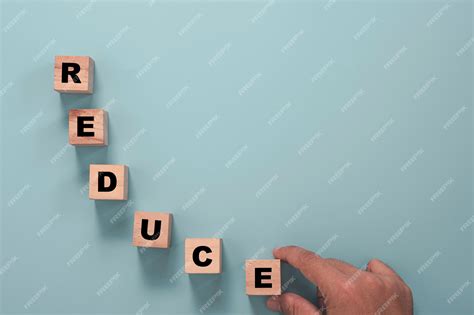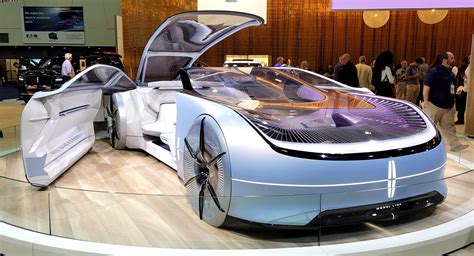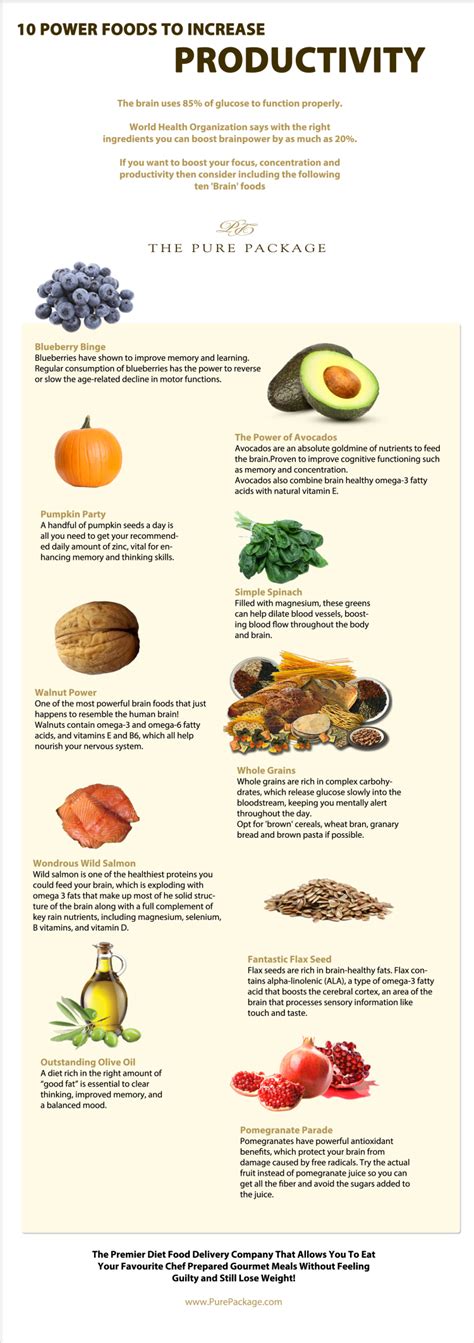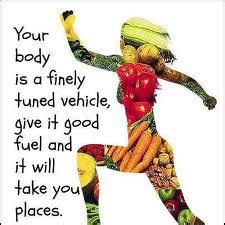Unlock Better Fuel Economy with Smart Driving
In an era of fluctuating fuel prices and increasing environmental consciousness, optimizing your car’s fuel economy is more important than ever. While vehicle technology plays a role, the most significant improvements often come down to your habits behind the wheel. By making a few conscious adjustments to your driving style, you can dramatically cut down on fuel consumption, save money, and reduce your carbon footprint.

1. Practice Smooth Acceleration and Braking
Aggressive driving – rapid acceleration, sharp braking, and speeding – is a major fuel guzzler. Every time you stomp on the gas, your engine demands more fuel. Similarly, hard braking wastes the energy that could have been used to propel the car further. Instead, aim for gradual acceleration and gentle braking. Think of it as driving with an egg under your foot: smooth transitions are key. Anticipate stops and lights, allowing your car to decelerate naturally by lifting your foot off the accelerator.
2. Maintain a Steady Speed
Fluctuating speeds force your engine to constantly adjust, burning more fuel. Once you reach your desired speed, try to maintain it as consistently as possible. On highways, utilizing cruise control can be highly effective, as it helps your vehicle maintain a constant speed without unnecessary fluctuations. Avoid ‘jackrabbit’ starts and stops, especially in city traffic where stop-and-go conditions are common.

3. Anticipate Traffic and Road Conditions
Looking ahead is one of the most powerful fuel-saving habits. By scanning the road far ahead, you can anticipate upcoming traffic lights, slowdowns, and turns. This allows you to ease off the accelerator and coast, rather than having to brake suddenly and then accelerate again. Every instance of coasting, where your car maintains momentum without engine input, translates to zero fuel consumption for that moment. This ‘driving with foresight’ minimizes energy loss and maximizes efficiency.
4. Minimize Idling Time
Idling consumes fuel without taking you anywhere. While a few seconds of idling won’t make a huge difference, prolonged idling – such as waiting in a drive-thru, picking up passengers, or sitting at a long train crossing – can significantly impact your fuel economy. Modern cars do not need extensive warm-up periods. If you anticipate being stationary for more than 30 seconds, it’s generally more fuel-efficient to turn off your engine and restart it when you’re ready to move. Many new vehicles come with start-stop technology for this very reason.

5. Use Air Conditioning Wisely
Your car’s air conditioning system places an extra load on the engine, meaning it uses more fuel to operate. While you shouldn’t suffer in the heat, try to use AC judiciously. On cooler days, consider rolling down your windows. At highway speeds, however, open windows can create aerodynamic drag, which might consume more fuel than running the AC, so it’s a balance. Use the recirculation setting to keep the air inside cool without constantly cooling hot outside air.

6. Adhere to Speed Limits
The faster you drive, the more aerodynamic drag your car experiences, and the more fuel your engine needs to overcome that resistance. Fuel efficiency generally decreases rapidly above 50-60 mph. While specific optimal speeds vary by vehicle, sticking to the speed limit and avoiding excessive speeds is a simple yet effective way to save fuel. Every 5 mph over 50 mph can be like paying an additional $0.30 per gallon for gas.

Conclusion
Improving your car’s fuel economy doesn’t require complex modifications; it starts with conscious changes to your driving habits. By adopting smooth acceleration and braking, maintaining steady speeds, anticipating traffic, reducing idling, using AC wisely, and respecting speed limits, you can significantly reduce your fuel consumption. These practices not only save you money but also contribute to a greener environment and often result in a safer, more relaxed driving experience. Start implementing these habits today and watch your fuel gauge last longer.




